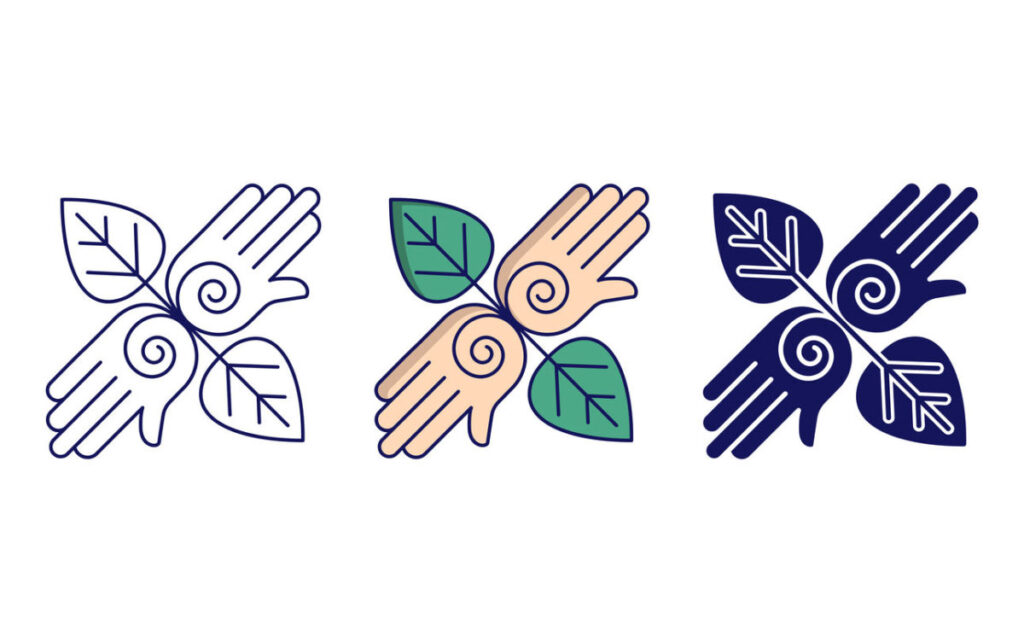
Discover Personalized Massage Therapy at Alternative Health Inquiries
Unwind, restore, and rejuvenate with our diverse selection of massage services at Alternative Health Inquiries. Each massage is tailored to your specific needs and preferences, ensuring a transformative experience that promotes relaxation, pain relief, and overall well-being.
Click the button on any service title to learn more and schedule your appointment!
Therapeutic Massage:
Therapeutic massage draws either from one kind of massage technique, or from an array of approaches that are used in an integrative way to address a client’s specific ailments, discomfort, or dis-ease on any level physically, mentally, or emotionally. For example, massage can ease stress from anxiety or from overstrain of muscles or both. Even in grief recovery one can benefit from a structure that aims to help in a beneficial or ameliorative way. Karen draws primarily from the following kinds of massage and bodywork: craniosacral therapy, medical massage, reflexology, shiatsu, trigger point massage, deep tissue massage (may be similar to neuromuscular massage), yoga asana, and neuromuscular movement therapy, in a therapeutic plan that fits the client to support their natural healing mechanism, addressing general and specific complaints or ailments as needed.
Deep Tissue Massage:
Deep tissue massage is a specialized form of massage therapy that focuses on relieving tension in deeper layers of muscle and connective tissue (fascia). Deep tissue massage utilizes many of the techniques in Swedish massage. However, it addresses constrictions and dysfunctions that lay deeper in the muscles. The practitioner may use elbows, fists, knuckles, finger pressure, and sometimes wooden massage tools to seek out trigger points, break down adhesion, and help relieve the roots of the pain. This could be similar to neuromuscular massage therapy, depending on the practitioner’s style and expertise.
Medical Massage:
Medical massage is designed to restore damaged tissue. It addresses a range of specific medical problems including sciatica, carpal tunnel, TMJ, tendonitis, tennis elbow, migraine headaches, bone healing, stiff neck, hypertension, scar tissue etc… The protocol usually involves a variety of techniques, as well as ice and /or heat treatments, vibration, exercises and stretching. Medical massage often requires more frequent sessions. However, the sessions are shorter, lasting between 15-45 minutes. Aside, neuromuscular massage therapy could be considered a type of medical massage.
Reflexology:
Relieve stress and promote relaxation throughout your body with reflexology. This specialized technique focuses on applying pressure to specific points on the feet that correspond to various organs and systems within the body. Reflexology is believed to be born from the ancients and developed over centuries. Reflexology as we know it today is based on zone therapy, that is, parts of the body correspond to other parts within their own zones. An alternative to working on the feet would be either the hands or ears. Eunice Ingham, a physiotherapist for Dr. Joseph Shelby Riley, a student and advocate of the theory, mapped the whole body onto the feet, also onto the hands and ears. In addition, she discovered the reflex technique used today.
Shiatsu Massage:
Immerse yourself in the ancient wisdom of Shiatsu massage, a traditional Japanese healing art. Gentle finger pressure applied to specific points along your body’s meridians – energy pathways believed to connect various organs and systems – aims to restore balance and promote the smooth flow of energy throughout your body. Experience reduced stress and anxiety, improved pain management, enhanced flexibility, and a potentially boosted immune system. Shiatsu offers a holistic approach to well-being, fostering a sense of balance and harmony within your body.
Trigger Point Massage:
Target deep-seated tension and find lasting relief with trigger point massage. These tight knots within muscle fibers can cause localized pain and discomfort. Through a combination of direct pressure, specific massage strokes, and gentle stretching techniques, trigger point massage aims to deactivate these trigger points, bringing relief and restoring optimal function. Experience reduced pain and improved function, enhanced flexibility and range of motion, improved circulation for faster healing, and reduced stress. Unlike traditional massage, trigger point massage offers a targeted approach specifically addressing the source of your chronic pain.
Prenatal Massage:
Nurturing comfort and well-being throughout your pregnancy journey, prenatal massage offers a safe and nurturing environment specifically designed to address the unique needs and discomforts experienced during pregnancy. Gentle pressure and specialized techniques target back and joint pain, improve sleep quality by promoting relaxation, and reduce stress and anxiety by creating a calming space. Prenatal massage can enhance your overall well-being throughout this special time.
Craniosacral Therapy:
Craniosacral therapy is a gentle hands-on body work that addresses connective tissue and its interrelationship with the central nervous system. It is applied through clothing and may be combined with other therapeutic modalities.
Ready to embark on your journey to well-being?
Click on the service you’re interested in to learn more and schedule your appointment today! As an experienced massage therapist, Karen is dedicated to helping you achieve your wellness goals.
Don’t see what you’re looking for? Contact Karen at Alternative Health Inquiries today! We offer additional services and can tailor a treatment plan to meet your specific needs.
